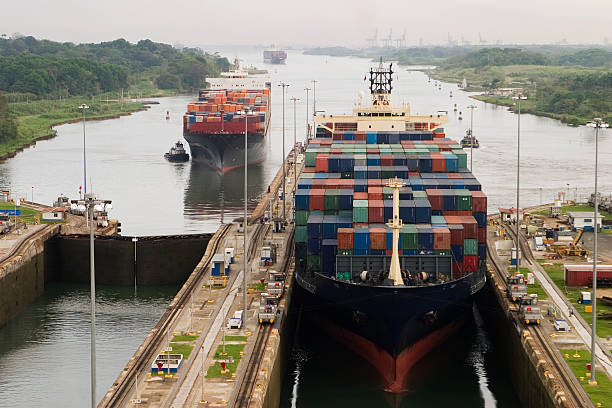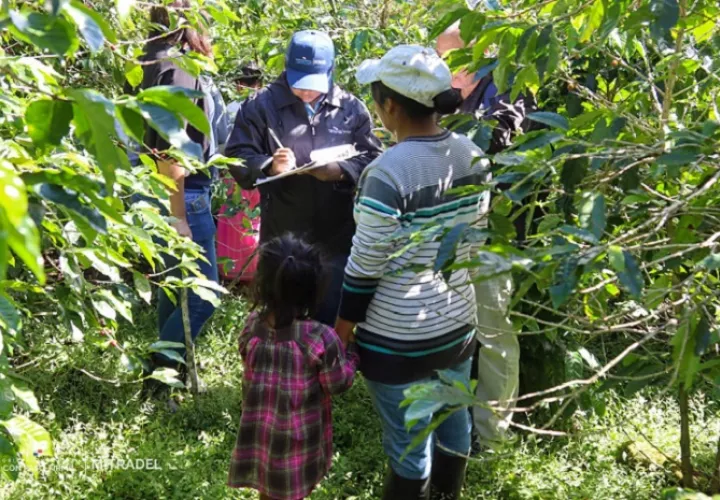Part 2 of “The Panama Canal is Doing Much Better”

Several freighters, assisted by tugboats, are entering the Panama Canal at Gatun Locks on the Atlantic side. These container ships are fully loaded with cargo heading west towards the Pacific.
Part 2 of “The Panama Canal is Doing Much Better”
Why didn’t the Panama Canal lose money when ship crossings fell? A water shortage forced officials to reduce traffic, but higher fees increased revenue. However if delays continue for the Panama Canal and the cost keeps rising, shipping companies may find ways to avoid the canal. Last year, as the canal became backed up, ships that wanted to travel from Asia to the East Coast of the United States began going through the Suez Canal, a far longer voyage that uses much more fuel. Many vessels are still using a western route from Asia even after the Houthi attacks in the Red Sea forced shipping companies to avoid the Suez Canal and go around Africa. Mr. Kalleklev said that, after his vessels had delivered their cargo and were empty, they now typically returned to the United States via the Cape of Good Hope. Though Panama is one of the world’s wettest countries, a sharp drop in rainfall last year deprived the canal of the water it needs for locks that raise and lower vessels into and out of the 40-mile passage between the Atlantic and Pacific Oceans. Climate experts say such water shortages may become more common.
The weather pattern known as El Niño initially causes hotter and drier conditions in Panama, and scientists say climate change may be prolonging dry spells. Last year, there was 1.85 meters (six feet) of rainfall in the Panama Canal’s watershed, well below the historical annual average of 2.6 meters, according to the canal authority. Rainfall in the watershed was below average in six of the last 10 years, including years that were the second, third, sixth and seventh driest since 1950, the authority added. To conserve water, the authority gradually reduced passages from a normal range of 36 to 38 vessels a day to 22 by December. But higher-than-expected rainfall and the canal’s water conservation measures enabled it to since raise crossings to 27 a day. Though the number of passages is still below normal, the canal is in decent financial shape, analysts said. Verónica Améndola, an analyst for S&P Global Ratings, expects that the canal’s revenue in the 12 months through next September will be roughly the same as a year earlier, primarily because of the toll increases. S&P Global estimates that the cost of shipping through the canal will rise to $10 a ton from $6 a ton. This is good news for Panama’s government, which relies heavily on payments from the canal and is facing skepticism about its deficit from investors in the international bond market. Part 3 of “The Panama Canal is Doing Much Better” tomorrow as the news is updated.





